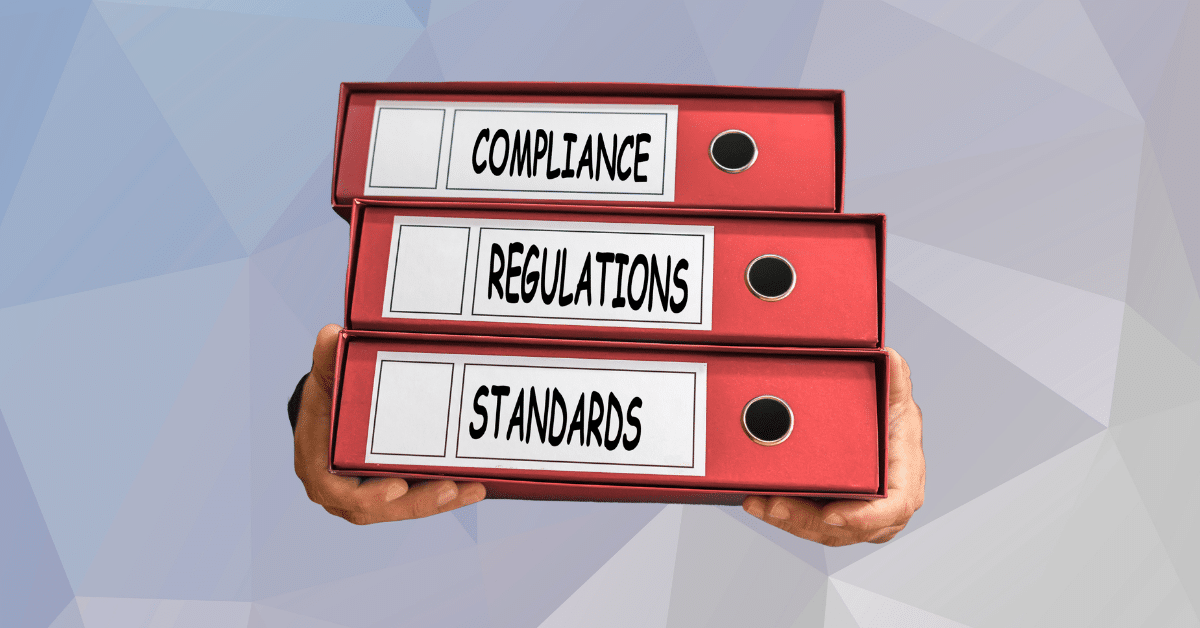A few months ago, an HR lead in San Jose told me her team had policies and posters, yet people still asked the same thing after a tense meeting: what does training actually teach, and how do we make it worthwhile this week?
That conversation shaped this guide. It breaks down the substance of California programs, who needs them, and simple ways to make learning stick.
Why California Sets Clear Training Standards
California sets time requirements by role and company size. Supervisors complete two hours, and nonsupervisory staff complete one hour.
New hires and newly promoted supervisors complete the program within six months, then repeat it every two years. Seasonal or temporary workers follow faster timelines.
Many organizations introduce these rules within a policy packet that references Sexual Harassment Training Under California law, ensuring everyone speaks the same language from day one.
Topics Covered In Sexual Harassment Training
Effective sessions are practical. They use plain language, relatable examples, and concise drills that people can apply the same week. In most programs, the learning path includes the items below.
Teams often maintain a one-page reference titled ‘topics covered in sexual harassment training’ so employees can preview what to expect. If your style guide tracks common typos for search, you might list a mirror entry that points to the duplicate content.
- Definitions under California’s FEHA and federal Title VII
- Hostile work environment and quid pro quo with simple illustrations
- Conduct linked to sex, gender identity, gender expression, and sexual orientation
- Reporting paths, anti-retaliation basics, and what confidentiality really means
- Supervisor duties include acting on what they see or learn, plus same-day documentation
- Bystander tools that feel natural, like a one-line interruption and a private check-in
- How investigations start and how fair follow-through works
- Abusive conduct education and its effect on morale and productivity
- Your anti-harassment policy in plain language
- Short scenario practice that mirrors your workplace moments
Who Must Train And How Often
Small teams often cross the coverage line quickly. Count full-time, part-time, and temporary workers. For the threshold count, interns, volunteers, and certain contractors may also count. New hires and newly promoted supervisors complete training within six months.
Seasonal or temporary workers hired for fewer than six months complete training within 30 calendar days or 100 hours worked, whichever comes first.
Many HR leads maintain an onboarding checklist that outlines requirements for sexual harassment training, along with a clear, concise explanation that answers, “Is harassment training mandatory in California?” without using legal jargon.
Delivery Formats And Interactivity
California recognizes three interactive formats that work for both in-person and distributed teams. A qualified trainer leads classroom sessions.
Live webinars enable a skilled trainer to facilitate real-time discussions and Q&A sessions. E-learning platforms include quizzes and allow users to submit questions, which receive written responses within two business days.
Remote-heavy teams often pair a live supervisor class with an on-demand module for staff; the planning notes usually reference Can California Sexual Harassment Training Be Done Online, so expectations about interactivity and trainer access are clear.
Documentation And Proof Of Completion
Clean records save time and protect people. Keep names and roles of participants, dates, session length, delivery format, provider name, materials, and sign-ins or certificates for at least two years.
For e-learning, keep the written questions and the trainer’s written replies for the same period. Store files alongside your policy and reporting path so managers can retrieve them quickly and easily.
Risks And Consequences of Skipping Training
Skipping training creates a risk that goes beyond paperwork. Gaps can weaken an employer’s position in broader claims, such as failure to prevent harassment.
Outcomes may include mandated training, policy updates, back pay, damages for emotional distress, and attorney fees. Many legal pages summarize these stakes with a short section titled “Penalties for Not Providing Sexual Harassment Training,” to keep leadership focused on prevention, reporting clarity, and timely action.
Practical Playbook To Make Learning Stick
A few small choices turn a required session into a culture lift.
- Start with three short scenarios pulled from your own workplace.
- Teach two or three “microinterventions” employees can use in the moment.
- Show the exact reporting link and a sample email.
- Add a five-minute manager segment on same-day documentation and next steps.
- Close with a three-question survey, then adjust the next round based on the responses.
Choosing A Course That Fits Your Team
Whether you teach internally or purchase a program, aim for clarity and relevance.
Look for California-specific content, qualified trainers who answer questions, interactive elements that invite participation, certificates and reminders, easy export of completion data, and language options where needed.
Many teams keep an on-demand option in their library alongside a live class, and some name it “Sexual Harassment in California” so employees can find it quickly during onboarding.
Take the Next Step
California programs are most effective when they are practical, specific, and easy to use. Ground the session in realistic scenarios, provide people with simple phrases for challenging moments, and make the reporting steps obvious.
Keep records tidy, plan a two-year rhythm, and align managers on the same-day action. Along the way, keep your policy hub tight.
FAQs
Who needs sexual harassment training in California at a small company?
Companies with five or more workers train supervisors for two hours and staff for one hour. New hires and newly promoted supervisors typically complete their training within six months.
Seasonal or temporary workers complete training within 30 days or 100 hours, whichever comes first. Keep certificates and rosters for at least two years to ensure you can respond promptly to internal reviews or external requests.
How often is sexual harassment training in California required for supervisors and staff?
The cycle repeats every two years. Supervisors take two hours, and nonsupervisory staff take one hour. Many teams track either by individual completion date or by a training-year window to simplify scheduling.
Add reminders to your HR system and include training in onboarding to ensure no one is missed during busy seasons.
Can we deliver sexual harassment training in California online?
Yes. California accepts e-learning and live webinars when they are interactive and developed or delivered by a qualified trainer. E-learning must include a way to submit questions, with written responses within two business days. Keep the Q&A log and certificates for a period of two years. Webinars should allow real-time Q&A and track attendance.
What records prove that sexual harassment training in California was completed?
Keep participant names and roles, dates, duration, delivery format, provider name, training materials, and sign-ins or certificates for a minimum of two years.
For e-learning, also retain written questions and the trainer’s written replies for a period of two years. Store these files alongside your policy and reporting path so managers can access them quickly.
What happens if a company skips sexual harassment training in California?
A training gap can weaken a company’s position during an investigation or lawsuit. Remedies may include mandated training, policy changes, back pay, damages for emotional distress, and attorney fees.
Regular refreshers, clear reporting paths, and prompt follow-up help reduce risk and support a safer workplace for everyone.


















